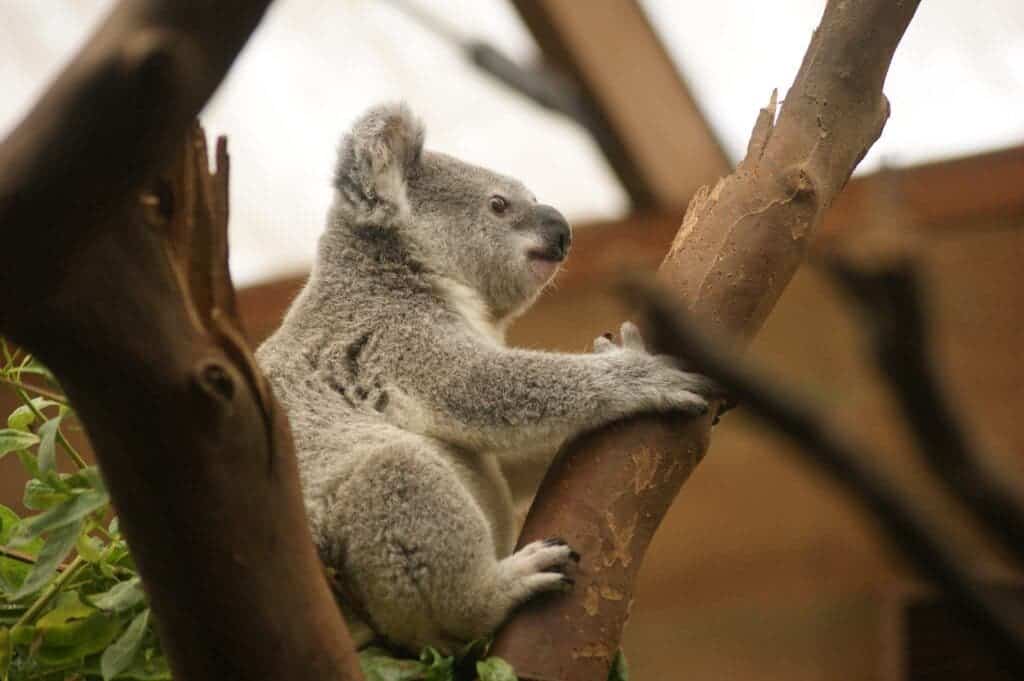Australia’s environment is in a “poor and deteriorating” state as habitat loss, invasive species, and climate change are destroying the country’s ecosystems and native animals, a new government report concludes. To make matters even worse, this could be just the start, the authors and other experts warned, as the threats aren’t being adequately managed.

The 2021 State of the Environment Report is a mandatory assessment carried out by the government every five years. It had been received by the previous administration in December 2021 but was not published. Now, the recently-elected Labor government decided to release it, revealing the rapid state of decline of the environment.
Newly appointed Environment Minister Tanya Plibersek said the document tells a “shocking” and “sometimes depressing” story and vowed to implement new environmental policies and laws. If the country continues on the same path, many landscapes, animals, and plants just won’t be here for our kids and grandkids, she said.
“In previous reports, we’ve been largely talking about the impacts of climate in the future tense,” Professor Emma Johnston, one of the reports chief author, told the Australian Broadcasting Corporation (ABC). “In this report there’s a stark contrast, because we are now documenting widespread impacts of climate change.”
The state of the environment
The report found that Australia has already lost more mammal species than any other continent in the world. Over 100 Australian species have been declared extinct, including eight species of wallaby alone. The main cause is habitat destruction, as half the country is currently used for grazing sheep and cattle, triggering deforestation.
In fact, more than six million hectares (15 million acres) of primary forest have been cleared since 1990, making Australia the country that has experienced the third-largest loss of organic carbon in soil – only behind the US and China. Most of these changes have occurred in the past five years, which shows the speed of the degradation.
Over 200 animal and plant species were declared threatened over this period, with a total of 377 species becoming threatened in the last decade. This includes the koala (Phascolarctos cinereus) and gang-gang cockatoo (Callocephalon fimbriatum), for example. Foreign plant species are even now more common than native species.
The news is also bleak in the water. Ocean acidification is close to exceeding a tipping point, threatening juvenile coral, with the Great Barrier Reef going through mass bleaching events in 2016, 2017, 2020 and this year. Sea level rise is also disrupting low-lying coastal areas such as the very important Kakadu wetlands in the north.
The report, which for the first time includes an indigenous lead writer, also pays attention to the indigenous heritage and knowledge. It found that the indigenous heritage is under a lot of stress and continues to be destroyed, such as Juukan Gorge, a gorge in Western Australia that was destroyed in 2020 by mining company Rio Tinto.
“In a rapidly changing climate, with declining biodiversity, the general outlook for our environment is deteriorating. The impacts of this will affect us all. It is in our own interest to understand, protect and restore the health of our environment,” the report reads.“It is also our responsibility. Our environment has intrinsic value beyond direct human use.”
The full report can be accessed here.









